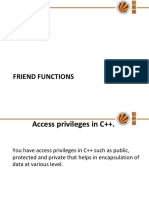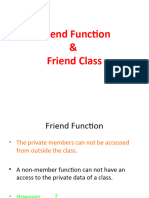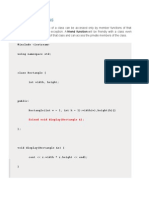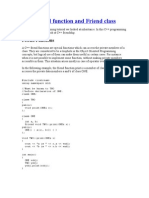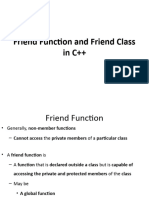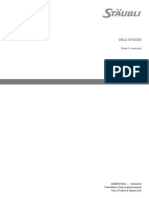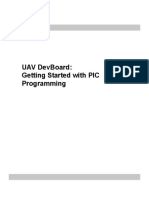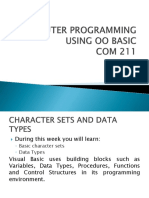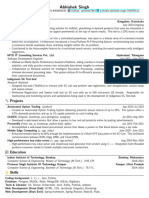0% found this document useful (0 votes)
14 views5 pagesFriend Methods in Class
Friend methods in C++ allow non-member functions to access private and protected members of a class, which is useful for specific functionalities like operator overloading. Friendship is one-way, meaning if class A grants access to a function, that function does not automatically have access to class A's members from other classes. The document also compares friend functions with member functions of another class, highlighting their differences in scope, declaration, and use cases.
Uploaded by
Hasham AhmadCopyright
© © All Rights Reserved
We take content rights seriously. If you suspect this is your content, claim it here.
Available Formats
Download as PDF, TXT or read online on Scribd
0% found this document useful (0 votes)
14 views5 pagesFriend Methods in Class
Friend methods in C++ allow non-member functions to access private and protected members of a class, which is useful for specific functionalities like operator overloading. Friendship is one-way, meaning if class A grants access to a function, that function does not automatically have access to class A's members from other classes. The document also compares friend functions with member functions of another class, highlighting their differences in scope, declaration, and use cases.
Uploaded by
Hasham AhmadCopyright
© © All Rights Reserved
We take content rights seriously. If you suspect this is your content, claim it here.
Available Formats
Download as PDF, TXT or read online on Scribd
/ 5








